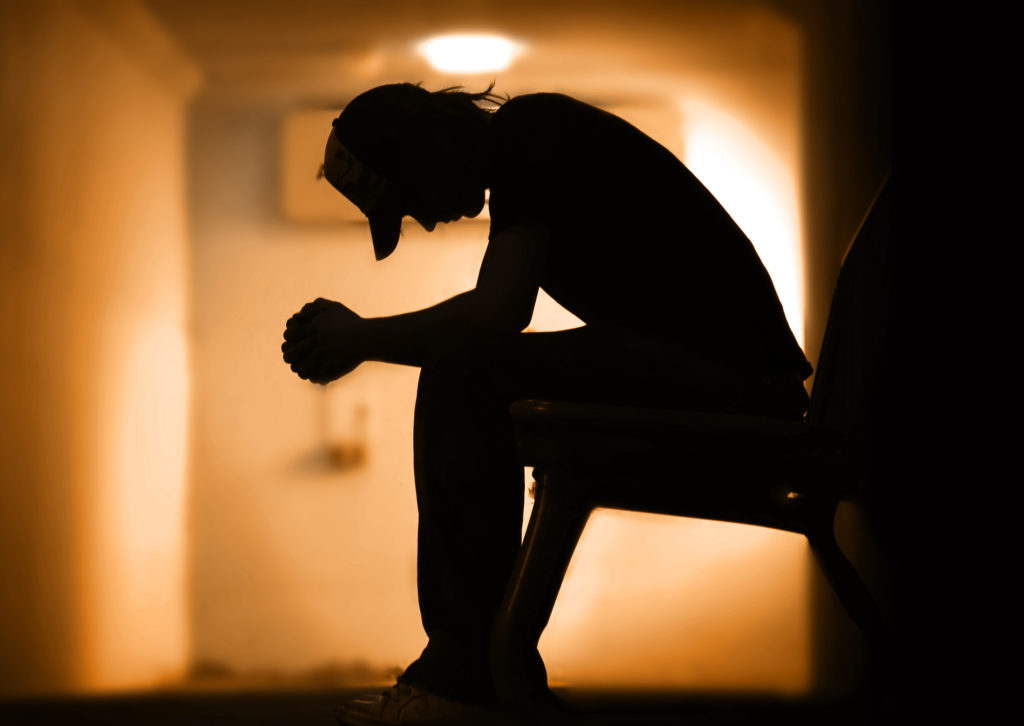
Have you ever heard the phrase “seasonal depression?” Maybe you have experienced unexplainable shifts in your mood during the changes in the season but have not been able to understand why since nothing else in life changed during that time. Perhaps you find yourself with no desire to do anything outside your home during the winter or prefer to stay cooped up during the summer.
It may comfort you to know that this internal shift during the change in seasons is actually a normal occurrence for many people – known as seasonal affective disorder, it is an adjustment the brain struggles to make based on the differing levels of daylight and temperature in our environment.
Where does seasonal affective disorder come from?
About five percent of the U.S. population is estimated to suffer from a form of depression that generally occurs during the same period each year, that is, seasonal affective disorder (SAD). While a majority experience this type of depression during the autumn and winter months, it can also occur during the spring and summer as well.
The causes of SAD have not yet been definitively established, but they are thought to stem from changes in serotonin and melatonin levels. These shifts may occur in part due to longer or shorter daylight hours, which can impact everything from a person’s vitamin D intake to disruption of the circadian rhythm, that is, our internal body clock.
Who experiences SAD?
While anyone can be impacted by this type of seasonal condition, certain people are believed to be at greater risk than others. Some of the more common influencers can include:
- Gender: The American Academy of Family Physicians (AAFP) suggests that SAD affects roughly four times more women than men
- Location: This disorder is said to be more common in those living further from the equator, perhaps due to differences in available sunlight during certain seasons
- Predisposition: Individuals who suffer from other forms of depression, or who have histories of SAD in their families, may be more prone to this condition themselves
- Age: The AAFP also notes that seasonal depression is less common in teenagers and younger children, usually beginning to affect more persons as they enter their twenties
If you feel like you may be at risk for developing SAD, it’s helpful to know the symptoms in order to act preventatively.
What are the symptoms of SAD?
Seasonal affective disorder can manifest itself in many ways, and symptoms may vary depending on what time of year a person is affected. Some of the more common symptoms include:
- Physical symptoms (low energy or diminished interest in enjoyed activities)
- Sleep difficulty (insomnia or oversleeping)
- Dietary problems (overeating or unintentional weight loss)
- Mental challenges (poor focus, low self-esteem or thoughts of self-harm)
Many other symptoms can indicate the existence of SAD, including irritability and emotional oversensitivity. It’s important not to limit the range of recognizable factors, as they can differ greatly from person to person.
How should I deal with seasonal affective disorder?
One of the best ways to handle seasonal affective disorder is through communication with a therapist. Not only will they be able to help you understand the nuances of SAD, they will be able to direct you toward the best coping mechanisms to effectively deal with the disorder’s symptoms.
Additionally, there are ways you can manage symptoms of SAD in a healthy way on your own, including:
- If you know you struggle in the winter, use the fall months to enhance your mental health with outdoor activities like camping or hikes, planning ahead for activities you want to save in the winter or building up numerous good memories on which to reflect during long winter days
- Get a dawn influencer alarm clock that will slowly wake you up with gradual light rather than aggressive noise in the pitch dark
- Maintain a social life to help boost your mental health with the support community promises to bring;
- Adhere to a schedule and try not to let the changes in daylight hours interrupt it
- Maintain a journal to help you track mental health and practice gratitude or perspective on the harder days
Keeping control of your mental health doesn’t have to feel impossible; simply adding positive activities to your daily habits can help immensely.
Are there treatments available?
There are several approaches to treating seasonal affective disorder. One common option is light therapy, a process that involves spending a prescribed amount of time near an illuminated box designed to emulate the effects of sunlight; this can be incredibly beneficial to those affected by winter-onset SAD and adjust to shortened daytime hours.
Other treatment options can include behavioral therapies or medication. A physician may choose to employ one or more methods, depending on a patient’s specific condition.
Find help today
Many people convince themselves to ignore signs of depression, or to simply “tough them out.” However, your mental health is just as important as your physical health. If you recognize these signs in yourself or someone you love, it is recommended to seek professional treatment.
At High Focus Centers, we offer programs designed to treat a range of mental health conditions, including seasonal affective disorder. To learn more, contact us by calling our offices at 800-877-3628 to get in touch with someone today.
Recent Posts
- More Than a Bad Habit: 10 Surprising Addictions and the Mental Health Issues Behind Them
- What Is the Alcohol Use Disorders Identification Test (AUDIT)?
- Is Complaining an Addiction? Understanding the Trap of Victim Mentality
- Understanding Attention Spans: What’s Happening to Our Focus?
- Klonopin Side Effects: Understanding the Risks



